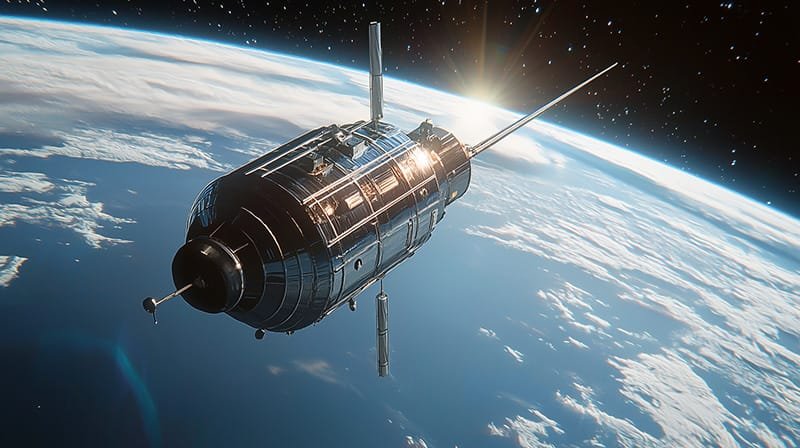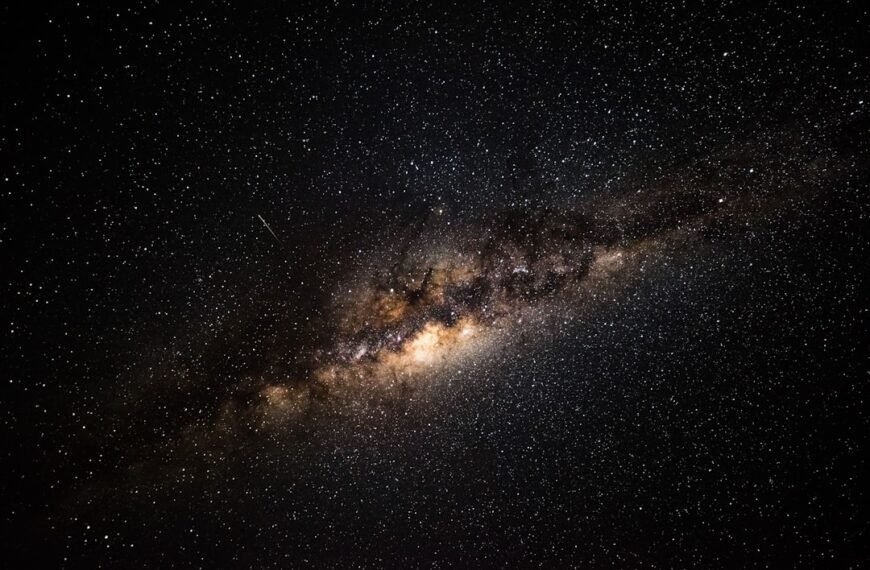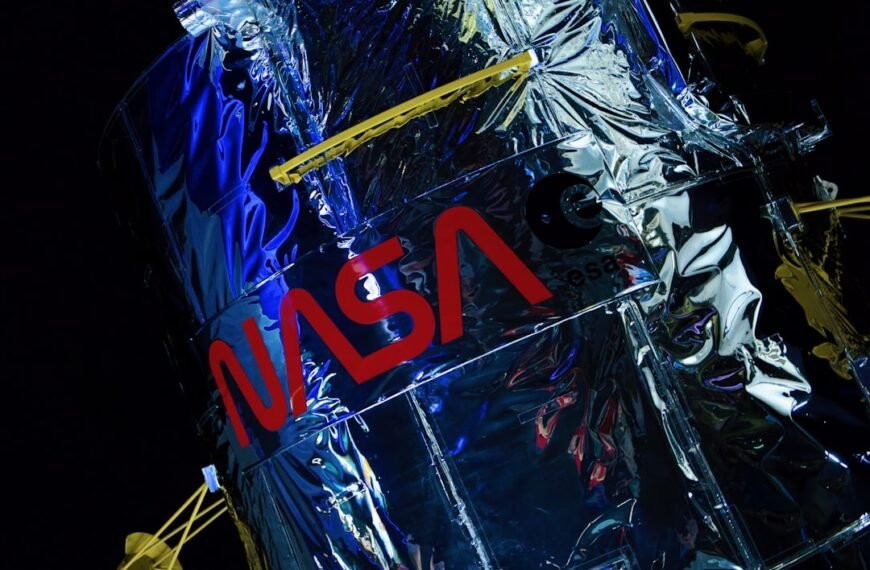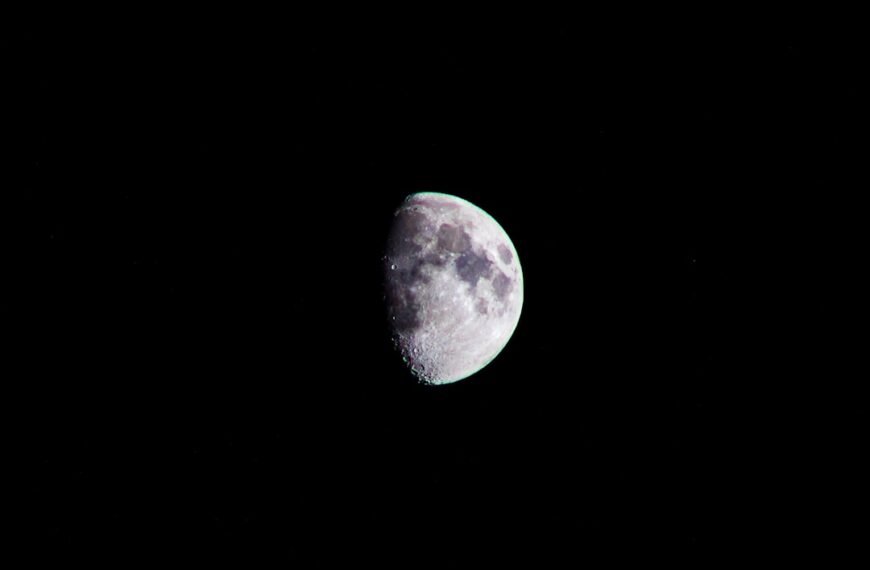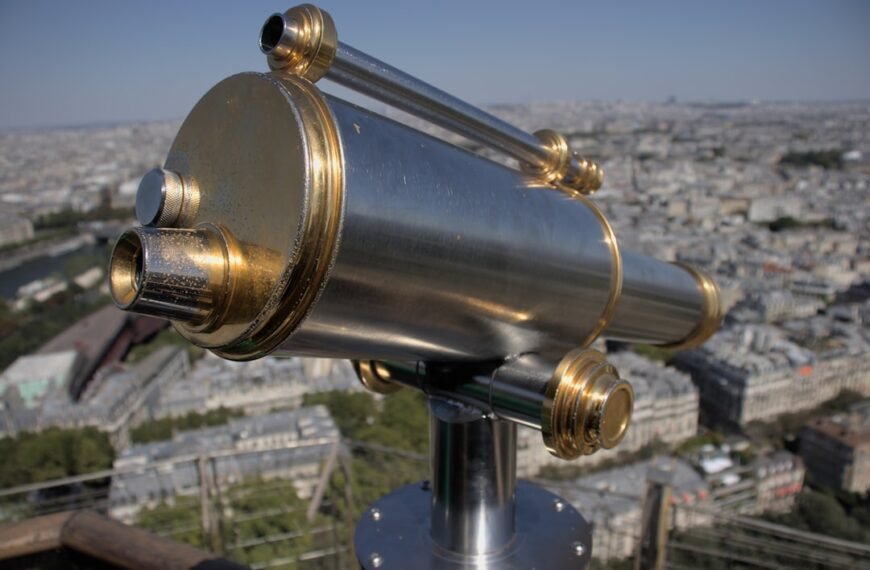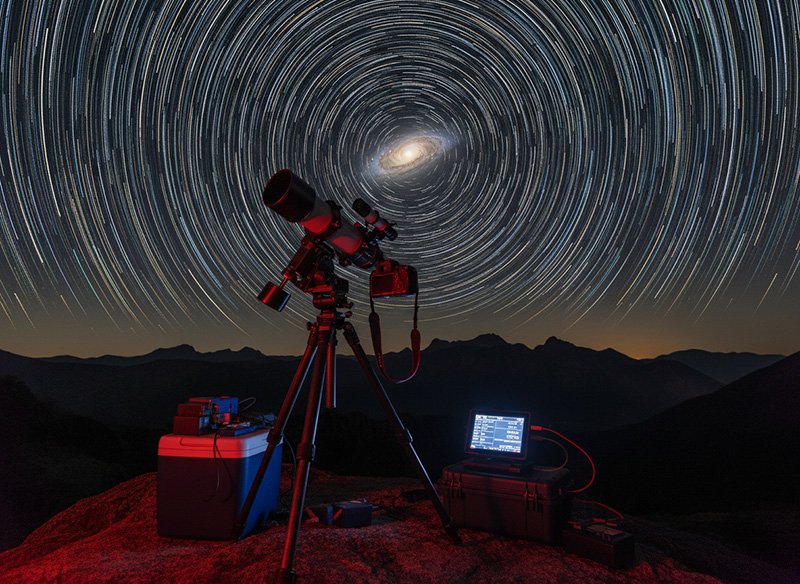Discover how long Explorer 1 was in space! Learn about its groundbreaking mission and impact on space exploration. Click to explore now!
For those who have a keen interest in the intriguing world of space exploration, one question that might have popped up in your mind is: “how long was Explorer 1 in space?” The answer to this question offers a fascinating glimpse into the history of space exploration, the technological advancements of the time, and the determination of humanity to understand the universe beyond the confines of our planet.
Key Takeaways
- Explorer 1, the first successful U.S. satellite, was in space for approximately 12 years and 2 months.
- The primary mission involving active data transmission lasted for 111 days.
- The satellite made significant scientific contributions despite its relatively short active mission.
- The extended orbital presence provided valuable data on orbital decay and the effects of the upper atmosphere on satellite longevity.
By delving into the specifics of Explorer 1’s mission, we can understand not only the spacecraft’s journey itself but also the broader context of the space race, technological advancements, and geopolitical implications.
A Historical Overview
Launched on January 31, 1958, at 10:48 p.m. Eastern Standard Time, corresponding to 03:48 UTC on February 1, 1958, Explorer 1 embarked on a journey that marked a significant milestone for the United States. This satellite, the first successful one launched by the U.S., remained in orbit until it re-entered Earth’s atmosphere and burned up on March 31, 1970, spending a total of approximately 12 years and 2 months in space.
The Mission Breakdown
To fully appreciate the duration of Explorer 1’s time in space, it’s essential to distinguish between two main phases: the active mission duration and the total time in space.
Active Mission Duration
The active mission of Explorer 1, which involved active data transmission, lasted for 111 days, starting from its launch on January 31, 1958, and ending on May 23, 1958, when its batteries were exhausted. Despite its relatively short active mission, Explorer 1 made considerable scientific contributions.
Total Time in Space
Even after the end of its active data transmission, Explorer 1 continued to orbit the Earth for over 12 years, until its re-entry on March 31, 1970. This extended presence in space bears testament to the robust design of the satellite and the success of its launch into a stable orbit.
The Impact of Explorer 1’s Mission
The mission of Explorer 1 had far-reaching implications, extending beyond the confines of scientific discovery. Let’s delve into the various factors that provide context for Explorer 1’s mission duration.
Initial Plan and Execution
The mission was initially planned to last 120 days, with the actual active mission of 111 days coming close to meeting this goal. This showcases the success of the satellite’s design and operation, which were pioneering for the time.
Historical Significance
The launch of Explorer 1 marked the United States’ entry into the Space Age. The launch was a direct response to the Soviet Union’s successful launches of Sputnik 1 and Sputnik 2, which had initiated the Space Race. The Space Race was a competitive push between the two superpowers of the time, each vying to demonstrate its technological superiority through accomplishments in space exploration.
Scientific Achievements
Despite its relatively short active mission, Explorer 1 made significant scientific contributions, most notably the discovery of the Van Allen radiation belts. This discovery, a critical milestone in space science, was made possible by the cosmic ray detector designed by James Van Allen, a pioneering space scientist.
Technological Capabilities
The fact that Explorer 1 remained in orbit for over 12 years, far exceeding its planned mission duration, demonstrates the advanced nature of its design and the success of its orbital placement. This long-term presence in space provided valuable data on orbital decay and the effects of the upper atmosphere on satellite longevity.
Geopolitical Impact
The success of Explorer 1, both in its launch and scientific discoveries, helped restore confidence in the U.S. space program after earlier setbacks with the Vanguard project. Its extended presence in orbit served as a continuous reminder of American technological capabilities during the height of the Cold War and the Space Race.
The Dual Nature of Explorer 1’s Mission
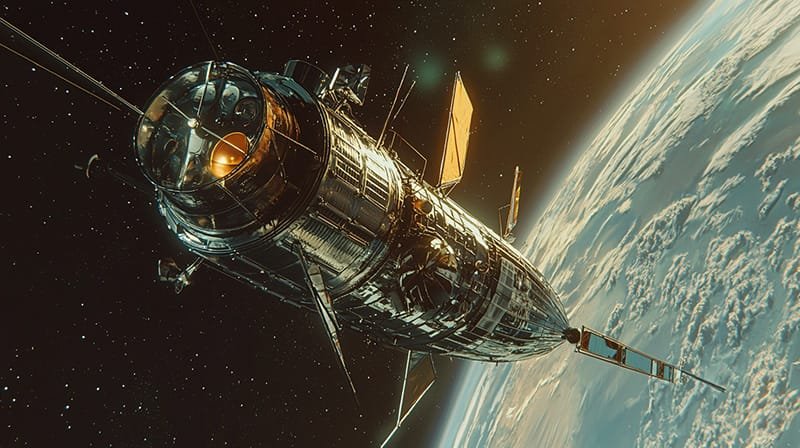
Explorer 1’s mission can be viewed from two perspectives:
- Its active scientific mission, which lasted 111 days and resulted in significant data transmission and scientific discoveries.
- Its total time in space, approximately 12 years and 2 months, from launch to atmospheric re-entry.
The short-term active phase and long-term orbital presence of the mission highlight the multifaceted impact of space exploration efforts during the era. Explorer 1’s success in achieving its immediate scientific goals and its long-term demonstration of orbital capabilities played a crucial role in advancing space science and exploration, setting the stage for the future.
Wrapping Up
By understanding “how long was Explorer 1 in space?”, we gain insight into the journey of this groundbreaking satellite, the details of its mission, and its lasting impact on space exploration. This knowledge helps us appreciate the scientific, technological, and geopolitical elements that interplay in our quest to explore the cosmos, and underscores the importance of continual exploration and discovery in our journey towards the future.

